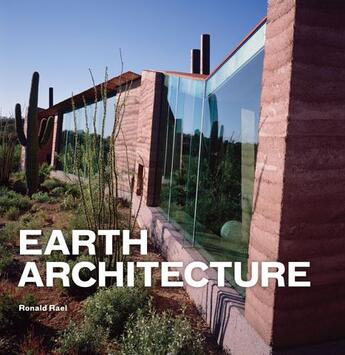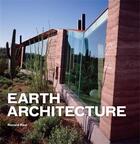Résumé:
Dirt-as in clay, gravel, sand, silt, soil, loam, mud-is everywhere and it's free. The ground we walk on and grow crops in also just happens to be the most widely used building material on the planet. Civilizations throughout time have used it to create stable, warm, low-impact structures. The... Voir plus
Dirt-as in clay, gravel, sand, silt, soil, loam, mud-is everywhere and it's free. The ground we walk on and grow crops in also just happens to be the most widely used building material on the planet. Civilizations throughout time have used it to create stable, warm, low-impact structures. The world's first skyscrapers were built of mud brick. Paul Revere, Chairman Mao, and Ronald Reagan all lived in earth houses at various points in their lives, and several of the buildings housing Donald Judd's priceless collection at the Judd Foundation in Marfa, Texas, are made of mud brick.
Currently it is estimated that one half of the world's population-approximately three billion people on six continents-lives or works in buildings constructed of earth. And while the vast legacy of traditional and vernacular earthen construction has been widely discussed, little attention has been paid to the contemporary tradition of earth architecture. Author Ronald Rael, founder of Eartharchitecture.org provides a history of building with earth in the modern era, focusing particularly on projects constructed in the last few decades that use ram-med earth, mud brick, compressed earth, cob, and several other interesting techniques. Earth Architecture presents a selection of more than 40 projects that exemplify new, creative uses of the oldest building material on the planet.
Rael's engaging narrative addresses the misconceptions associated with earth architecture. Many assume that it's only used for housing in poor rural areas-but there are examples of airports, embassies, hospitals, museums, and factories that are made of earth. It's also assumed that earth is a fragile, ephemeral material, while in reality some of the oldest extant buildings on the planet are made of earth. Rael also touches on many topics that pervade both architecture and popular media today, such as the ecological benefits and the politics of building with earth, particularly in developing nations where earth buildings are often thought of as pre-modern or backward. With engaging discussion and more than 300 images, Earth Architecture showcases the beauty and simplicity of one of humankind's most evolved and sophisticated building technologies.















